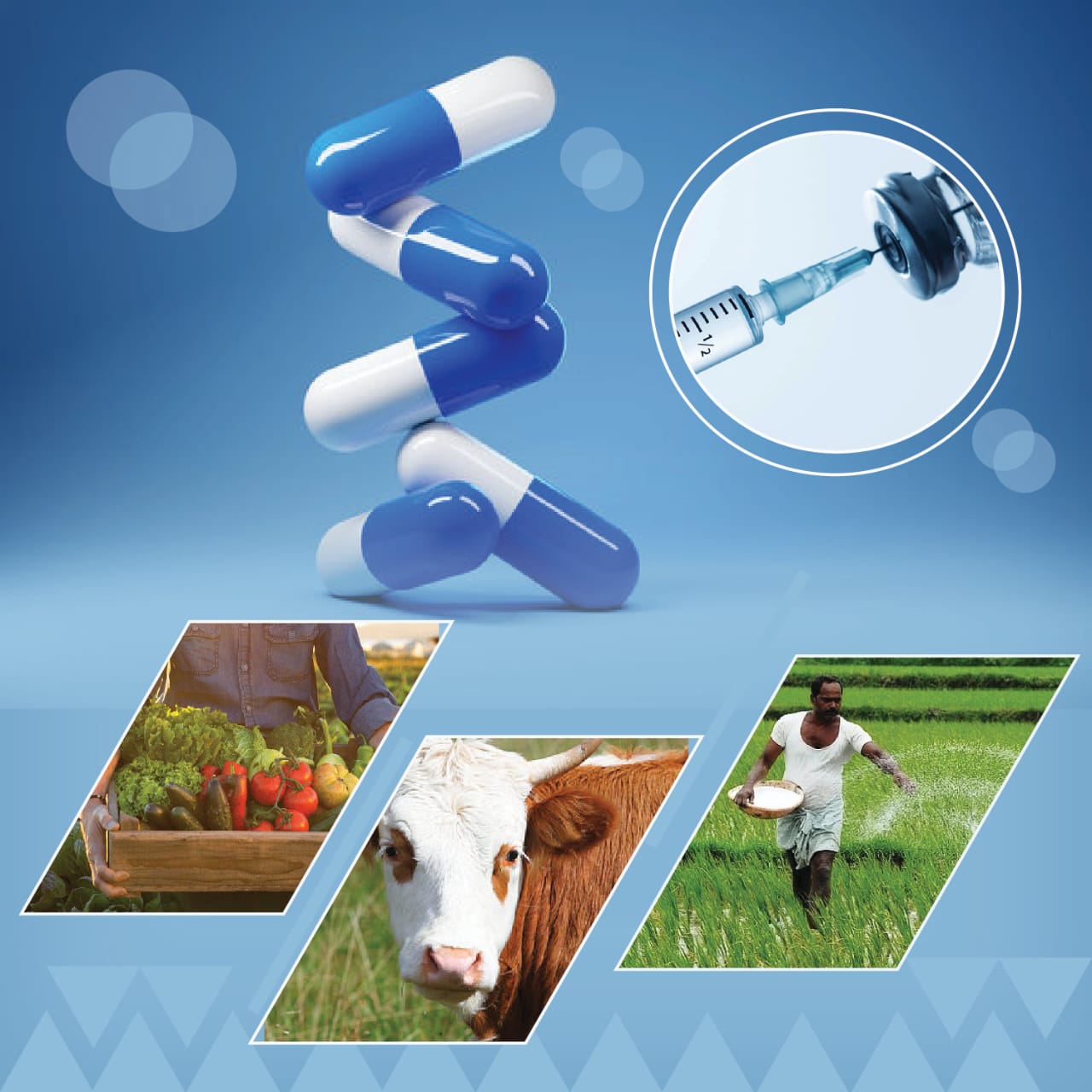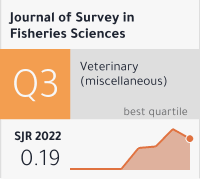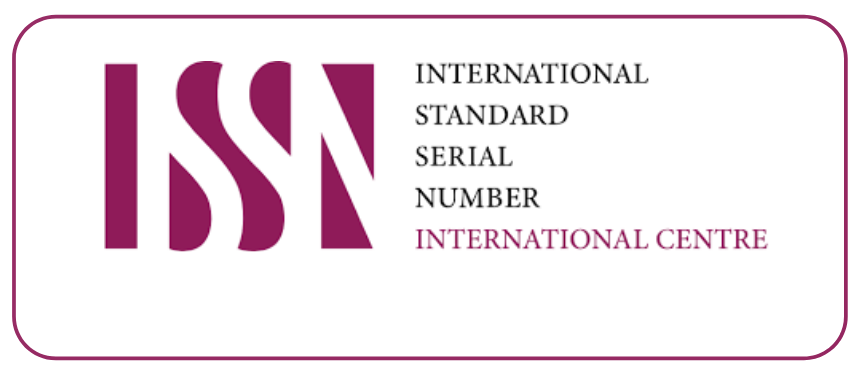Interdisciplinary Approaches to Early Diagnosis of Oral Diseases
DOI:
https://doi.org/10.53555/sfs.v11i4.3259Keywords:
oral disease diagnosis, interdisciplinary collaboration, early detection, diagnostic accuracy, healthcare integration, patient outcomes, professional collaboration, integrated careAbstract
Background: Early diagnosis of oral diseases remains a significant challenge in healthcare systems worldwide, despite their substantial impact on public health. While individual specialties have made progress in diagnostic capabilities, the potential of interdisciplinary collaboration among dentists, radiographers, laboratory specialists, and family medicine practitioners in improving early detection remains inadequately explored.
Objective: This systematic review and meta-analysis examined the effectiveness of interdisciplinary collaborative approaches in the early diagnosis of oral diseases, focusing on diagnostic accuracy, time to diagnosis, and patient outcomes across different healthcare settings. The study evaluated various collaborative models, communication patterns, and their impact on early detection rates.
Methods: A comprehensive analysis of 54 studies (2017-2024) was conducted across multiple databases including PubMed, MEDLINE, and Cochrane Library. Studies were evaluated using the PRISMA framework, with inclusion criteria specifying interdisciplinary collaborative approaches to oral disease diagnosis. Primary outcomes included early detection rates, diagnostic accuracy, time to diagnosis, and patient satisfaction. Secondary outcomes included cost-effectiveness and professional satisfaction measures.
Results: Analysis of 16,847 cases across selected studies revealed that interdisciplinary collaborative approaches resulted in significant improvements in early detection rates (relative increase: 37.6%; 95% CI: 33.4-41.8; p<0.001). Diagnostic accuracy improved by 42.3% (95% CI: 38.1-46.5; p<0.001), while time to diagnosis decreased by 45.7% (95% CI: 41.5-49.9; p<0.001). Collaborative care models showed particularly strong performance in detecting oral cancers (48.2% improvement in early detection; p<0.001) and systemic diseases with oral manifestations (43.6% improvement; p<0.001).
Conclusions: Interdisciplinary collaboration demonstrates superior effectiveness in early oral disease diagnosis compared to traditional single-specialty approaches. The significant improvements in detection rates, diagnostic accuracy, and time to diagnosis suggest that integrated collaborative approaches should be systematically implemented in healthcare settings. These findings have important implications for healthcare policy, professional education, and the development of integrated care models.









